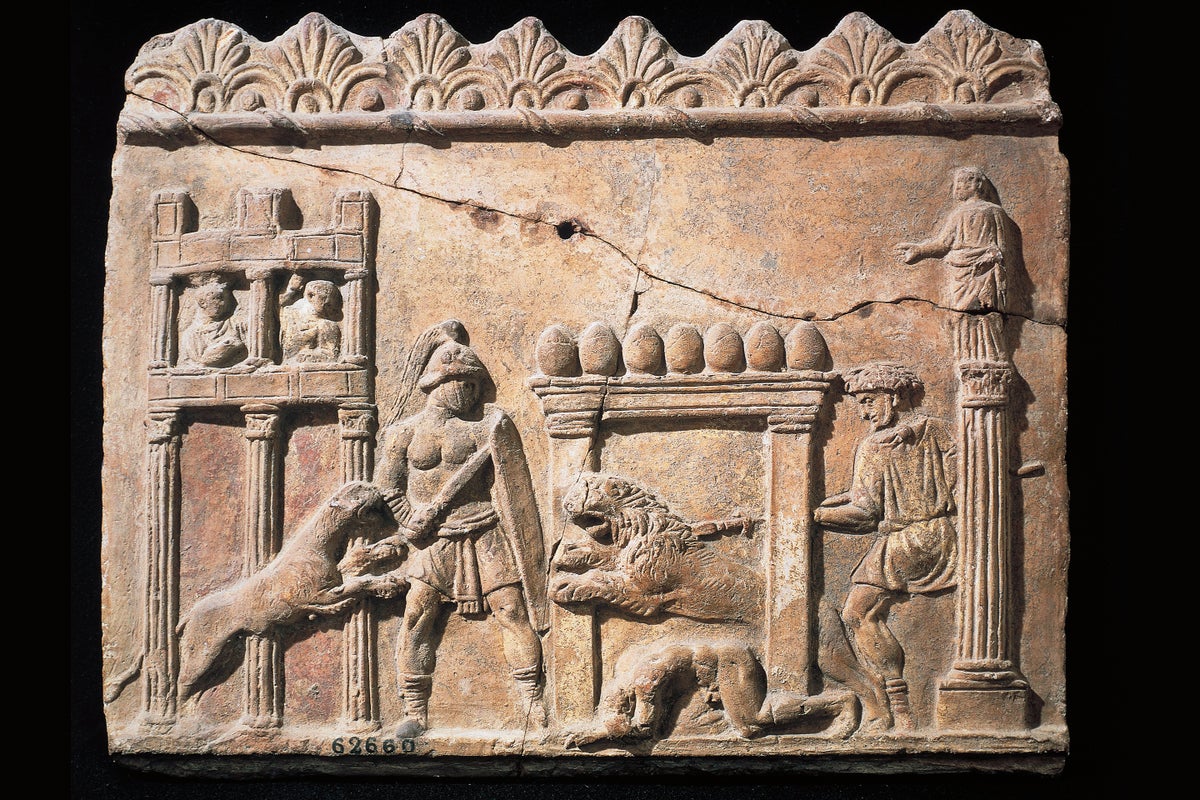Now Reading: Roman Gladiator Discovery Reveals Evidence of Human-Animal Fights
1
-
01
Roman Gladiator Discovery Reveals Evidence of Human-Animal Fights
Roman Gladiator Discovery Reveals Evidence of Human-Animal Fights

Rapid Summary:
- archaeologists discovered teh first physical evidence of Roman gladiators fighting animals in skeletal remains found in York, England.
- The skeleton, identified during a 2004 excavation at Driffield Terrace-a suspected gladiator burial ground-featured lion-sized bite marks on its pelvis.
- Study findings were published in PLOS One on April 23, 2025.
- Researchers used modern techniques like 3D scanning adn chemical analysis to confirm that the injuries were consistent with bites from lions commonly used in Roman gladiatorial shows.
- This revelation challenges assumptions that human-animal combat only occurred in Rome and suggests such spectacles may have taken place throughout the Roman Empire’s provinces.
- Experts highlighted the logistical costs of importing lions to England and noted these events illustrated social norms while spreading Roman culture via violent spectacles.
[Image Caption: Skeletal lesions possibly caused by lion attacks during gladiatorial combat. Source: Scientific American / thompson TJU et al., PLOS ONE.]
!animalcombatlesionrightilium6DT19.jpg?m=1745421541.788&w=900″>Lesion on right ilium
!Scientific American Article – Human-Animal gladiatorial Combat Evidence
Stay Informed With the Latest & Most Important News
Previous Post
Next Post
Loading Next Post...




























